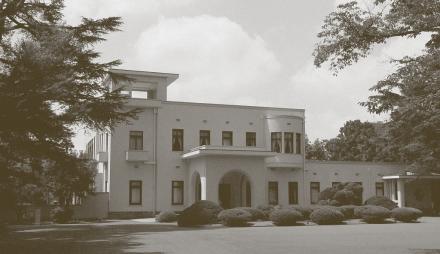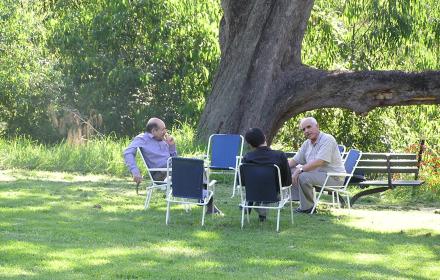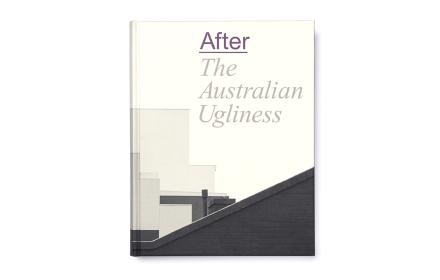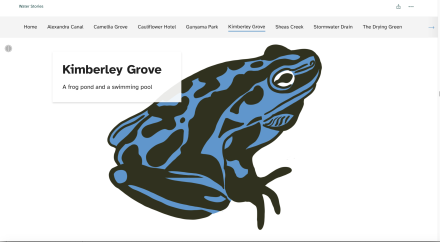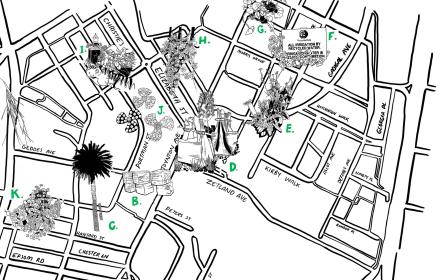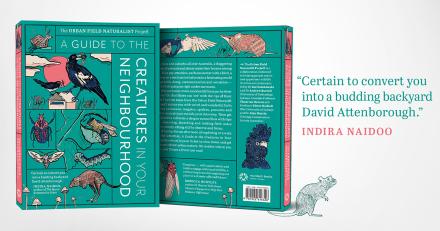Colombia’s second-largest city, Medellín, sets two parallel urban conditions against each other that have an inherent proximity. Formerly known as the murder capital of the world and home to the Narco-bourgeoisie, Medellín was named the world’s most innovative city in 2013 by the Wall Street Journal, Citi Group and the Urban Land Institute. Placing realisations of urban renewal adjacent to the recent trauma of the Narco-wars, this project reconfigures the urban strategies that have shaped the city since the 1970s.
In questioning the origins of Medellín’s transformation, A Tale of Two Cities: Medellín assesses the city’s structural continuities and architecture’s role in the shift toward positive urban operations. The architectures of ‘social urbanism’ [1], implemented from 2003 during Mayor Sergio Fajardo’s office, are constantly described as the initiators of this operative shift. However, the ability to stabilise the city was formalised during the 1991 constitution change through the redistribution of municipal power.
In Medellín’s specific case, the city’s municipality employed architecture as a means of constructing a new global image. The city has become a media event; an exemplar of architecture’s ability to eradicate violence and introduce political agency under the guise of transformation. In response, this project reviews the rights to Medellín’s urban renaissance by revealing the systems that function in the background of the contemporary urban narrative.
[1] (McGuirk, 2014, p. 243)





